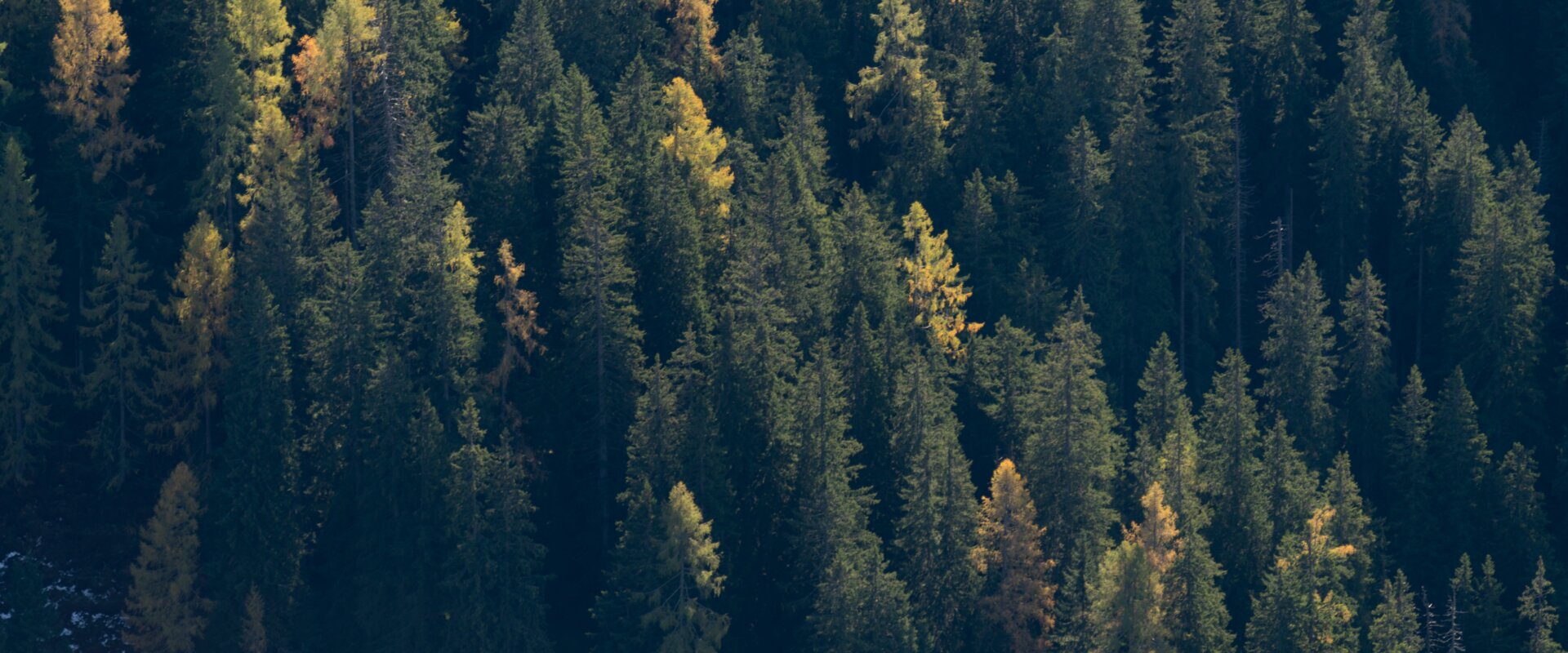Selling your rural land can pose unique challenges compared to urban properties. Without the built structures like houses or condos to photograph, your buyers will be relying on the natural beauty, potential utility, and nuances of the land itself. To paint a compelling picture of your property, you must focus on capturing its essence, uniqueness, and potential. Here are some tips to help you take stunning photographs of your rural vacant land:
1. Understand Your Audience
Before snapping photos, think about who the potential buyer might be. Is it a developer, a farmer, a family looking to build a dream home, or perhaps an investor? Capture images that appeal to these groups. For example, if your land has fertile soil, photograph areas that could potentially be farmed.
2. Golden Hour Magic
Make the most of the “golden hours” just after sunrise and just before sunset. The light during these times provides a warm hue and soft shadows, which can make landscapes look magical.
3. Diverse Perspectives

Take photos from various angles and elevations. If possible, consider using drones to get aerial shots. This provides potential buyers with a broader understanding of the terrain, size, and layout.
4. Highlight Unique Features
Does your land have a pond, a stream, mature trees, or unique rock formations? Emphasize these features. Natural attractions can be a significant selling point for rural properties.
5. Provide Context
If there are amenities nearby like a school, market, or hospital, consider capturing them too. This helps buyers understand the accessibility and convenience of the location.
6. Use the Right Equipment
While smartphones have impressive cameras these days, consider investing in a DSLR or mirrorless camera for better quality photos. Additionally, using a tripod can help in getting sharp images, especially in low light conditions.
7. Show the Potential
Is there a perfect spot for building a house, barn, or setting up a campsite? Perhaps a panoramic viewpoint? Stage that area slightly, maybe with some outdoor furniture or a hammock, to help buyers visualize the potential.

8. Take Seasonal Photos
If possible, photograph your land in different seasons. This provides a holistic view of what the land looks like throughout the year, be it the lush greens of spring, the golden hues of fall, or the snowy blanket in winter.
9. Clean Up
Before you start photographing, ensure the land is clean. Remove any debris, trash, or any other distractions. This will give a more positive impression of the property.
10. Post-Processing
A little editing can go a long way. Adjust the brightness, contrast, and sharpness to make your photos pop. However, ensure you represent the land accurately. Over-editing can lead to disappointment during physical inspections.
11. Write Descriptive Captions
While a picture speaks a thousand words, a well-written caption can provide context. Describe what’s in the image, the potential use, or any relevant history or features.
12. Feedback is Essential
Before listing, share the photos with friends or family and get their feedback. They might point out aspects you hadn’t considered.
In Conclusion
Photographing rural vacant land is about storytelling. It’s about showcasing the land’s character, potential, and promise. By following the above tips, you’re not just taking photos; you’re inviting potential buyers to envision a future on that land, making the selling process smoother and more effective.

